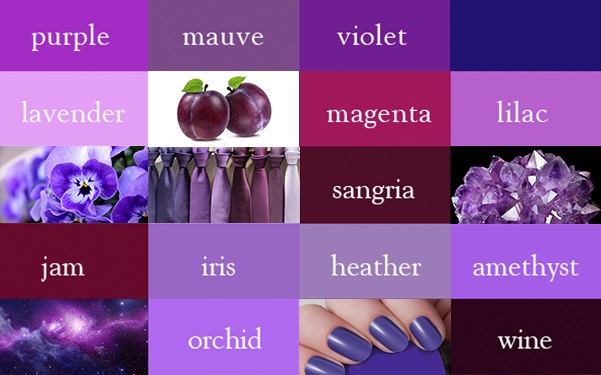



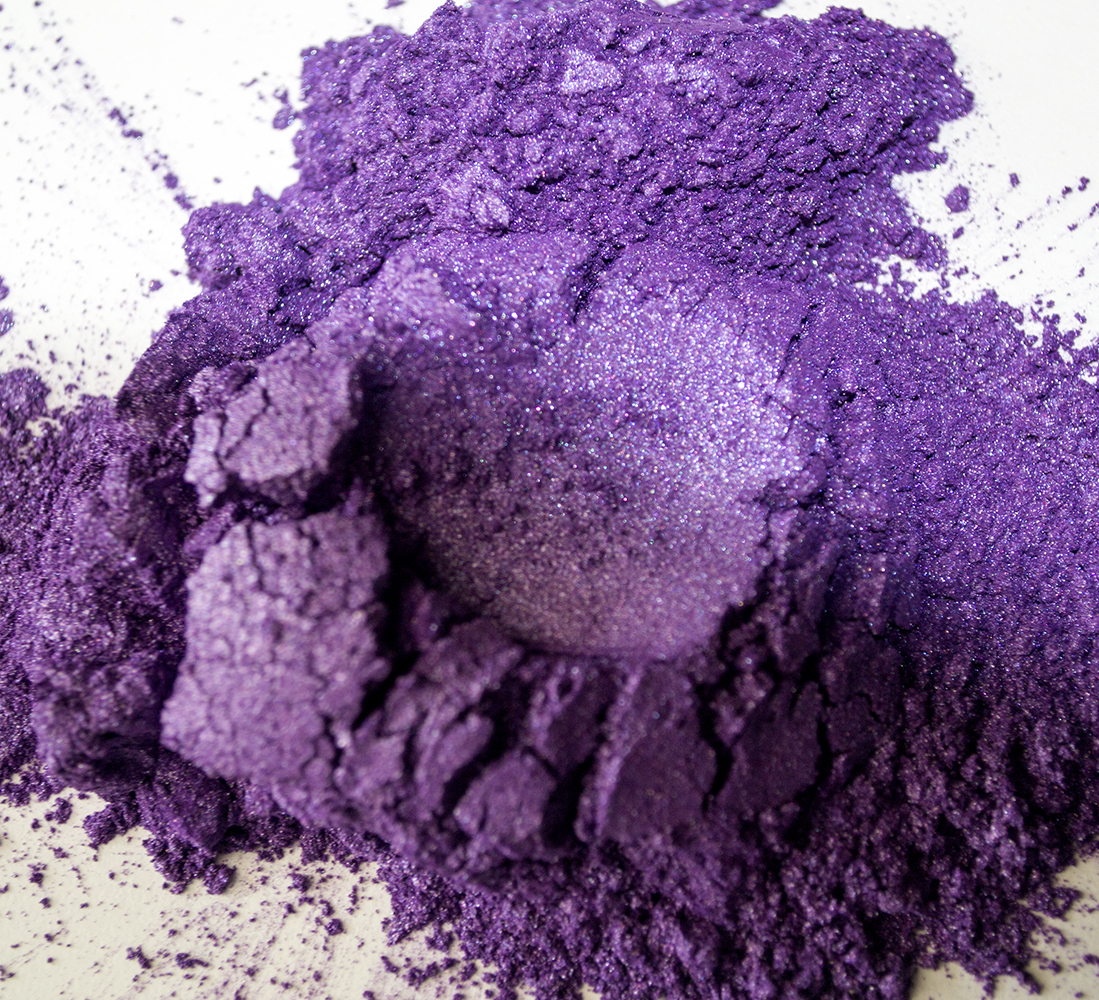




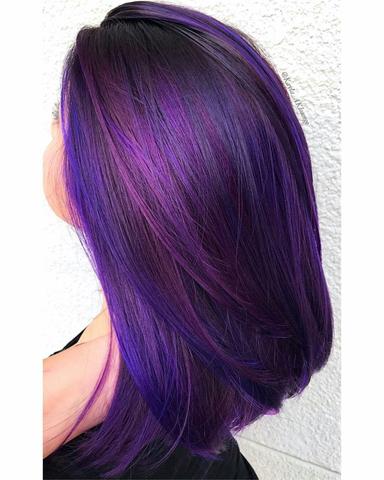

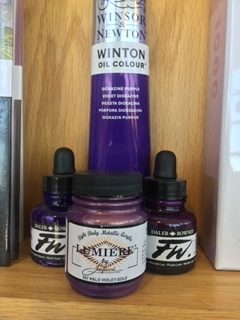

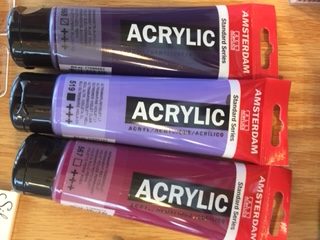



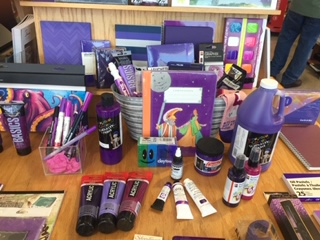
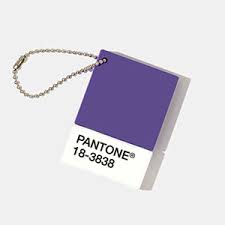
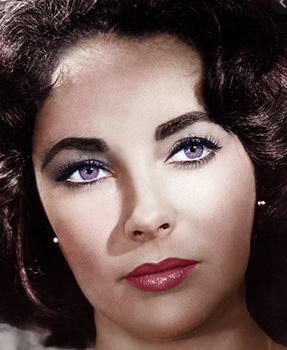



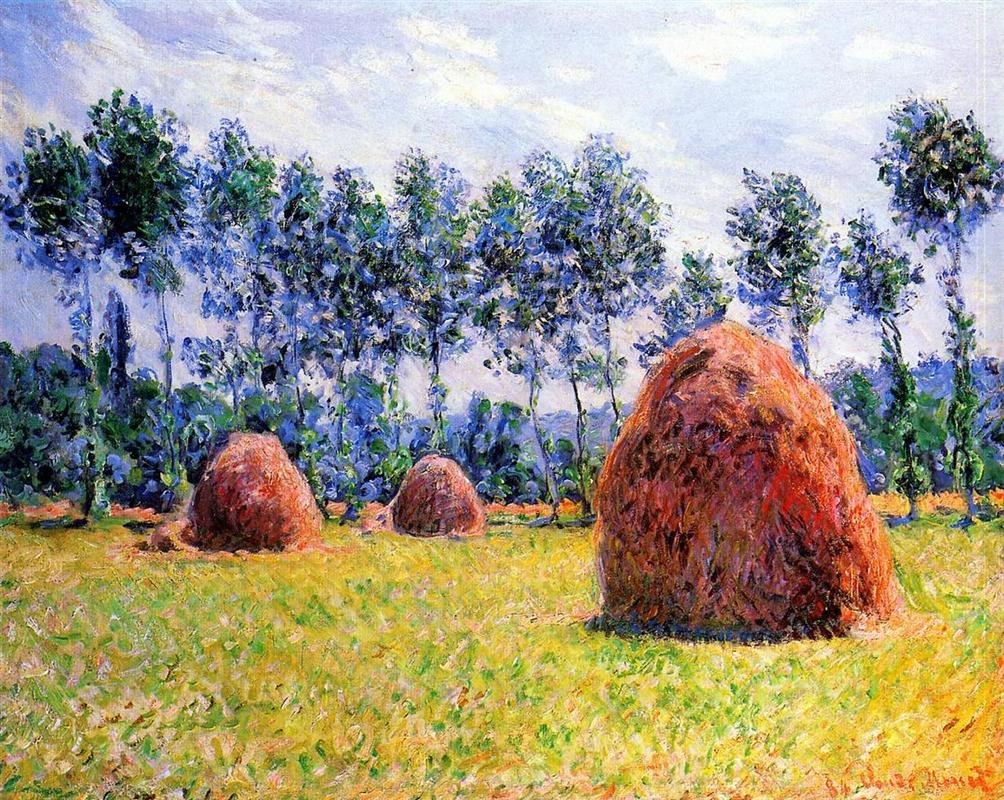
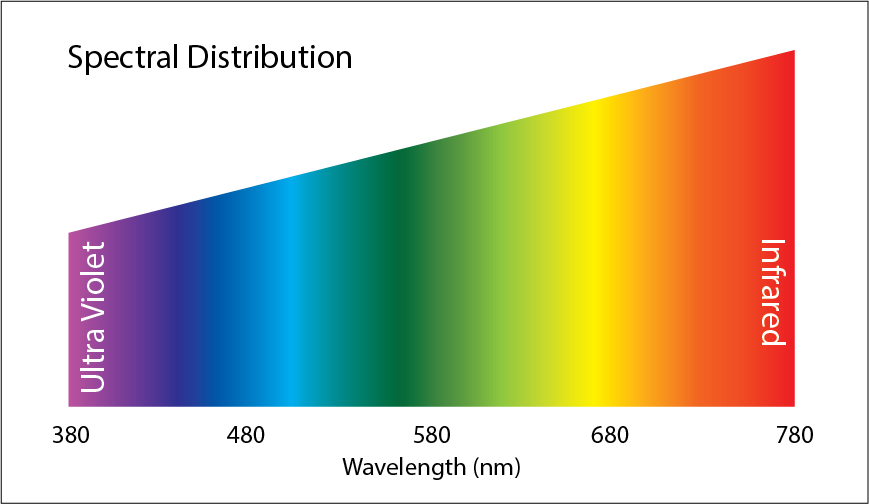

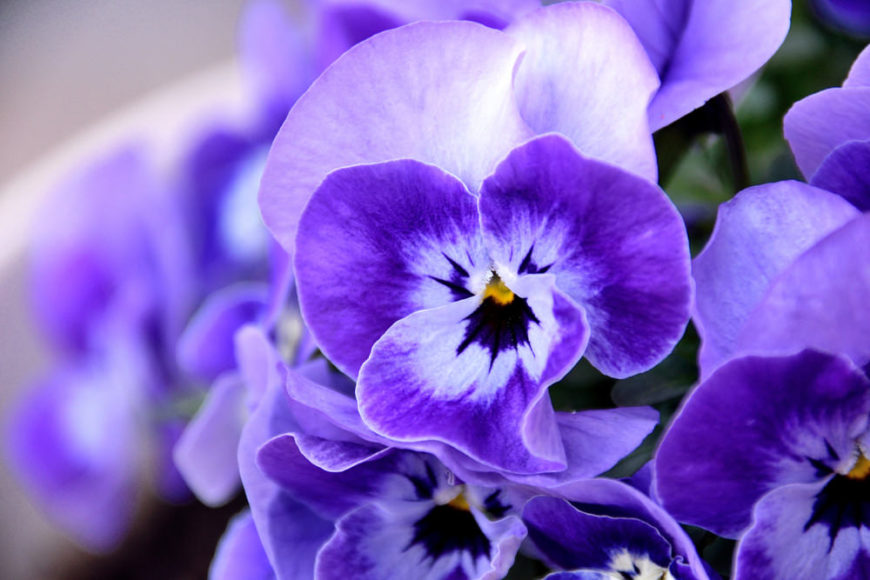

As for violet – it’s a bit of a different story. Violet hues tend to be brighter and move toward red/pink, and so violet’s it’s personality tends to evoke cheer and sensuality. The color’s name is derived from the violet flower. Amethyst is a notable violet crystal, its color arising from iron and other trace elements in quartz. Violet is the color at the end of the visible spectrum of light between blue and the invisible ultraviolet. … Ever wonder if Elizabeth Taylor really had violet eyes? She’s remembered for many things: her passionate performances in films, fondness for expensive jewelry, multiple marriages and those famous violet eyes. Thanks to colored contact lenses, anyone can have violet-colored eyes these days. But Ms. Taylor’s eye color was the real deal!
Purple & Violet Factoids
Carrots used to be purple, now most are orange! There are many theories as to how and why most carrots are now orange. As far as we can tell, the Dutch have something to do with it. As the story goes 17th century Dutch farmers started to cross-breed specifically for orange carrots in honor of their ruler, William of Orange.
Porphyrophobia is fear of the color purple. Say what? We can’t imagine someone being fearful of the color purple, however, fearing purple is a real thing! As explained on phobiasource.com, “the fear of virtually any color is linked to negative associations. The fear can develop as a result of observation or personal experience, but it often goes back to either a conscious or subconscious, but highly negative association between the color purple and something that left a lasting negative impression.” Purple Day is celebrated on March 26. Purple Day was founded in 2008, by Cassidy Megan of Nova Scotia, Canada. Purple Day is celebrated on March 26 and was created to raise awareness for epilepsy. “I wanted people around the world to come together and teach others about epilepsy.” There ARE words that rhyme with ‘purple’ curple (Merriam-Webster) hirple (Merriam-Webster) turple (Urban Dictionary) nurple (Urban Dictionary There is only one nation with purple in its flag; Dominica. Most flags have colors like red, blue, white, black or green. There is however one nation whose flag has purple in it and that’s Dominica. Their flag displays a parrot with purple chest and head. Violet, or purple, eyes are extremely rare. You might have seen celebrities with violet, or purple eyes. Most of those people are wearing purple contact lenses – to be noticed and look different and to be remembered. Violet eyes are very rare; only (some) people with Albinism or Alexandria’s Genesis may have that color eyes. Color of the Year The Pantone Color of the Year for 2018 was Ultra Violet. The Pantone Color Institute says it “communicates originality, ingenuity, and visionary thinking that points us toward the future.” However true this may or may not be, the violet range of colors has a long and interesting history-one that may give us other reasons to worship the color. The insanity of violet In 1874 when a band of outcast artists known as the Impressionists began their crusade against the norm, one commonly voiced criticism was their preoccupation with the color violet. Many concluded that the artists were, to a man, completely mad, or at the very least suffering from a hitherto unknown disease, which they dubbed ‘violettomania’.” The Impressionists believed that because the complementary color to sunlight yellow was violet, it made sense that the shade and shadows in their paintings should be made up of violets. Red and blue do not make violet In kindergarten, we learned to mix colors. To make violet, we took the red and blue paint and mixed them in degrees to get the purple/violet we wanted. However, as described in The Secret Language of Color, by Joann and Arielle Eckstut, “Violet is a spectral color unto itself-a wavelength in the form of visible light and the shortest wavelength visible to humans.” Violet is on the opposite end from red, which is the color with the longest wavelength. Ergo, red and blue do not make violet! In Japan, the color purple signifies wealth and position Purple is the hardest color for the eye to distinguish Purple symbolizes the gay community in many Western cultures The Archbishop of Cyprus is allowed to sign official papers in purple ink. The film Purple Rain, released in 1984, won an Oscar for the Best Original Song Score A film called The Color Purple, which was released in 1985, received 11 Oscar nominations, however it didn’t win a single award. Purple is the color for epilepsy awareness because of it’s association with lavender, which is a traditional herbal treatment for the disease. Forbidden City in Beijing, China is actually called “The Purple Forbidden City”, which is a reference to a secret purple area in heaven, thought to be centered somewhere near the North Star. If you’re born “in the purple” you are born of high or a noble birth. Samuel L. Jackson said that he would only play Mace Windu in Star Wars if he had a purple lightsaber!